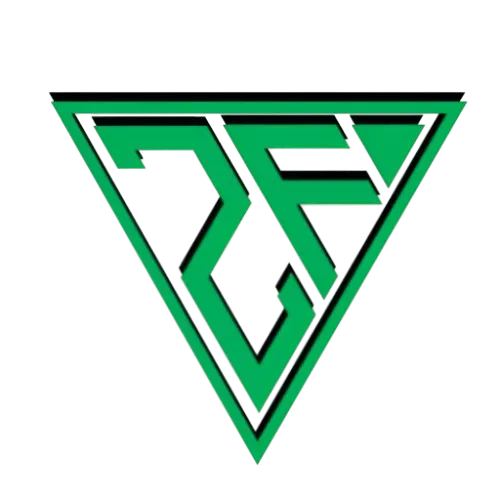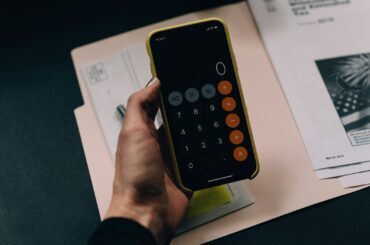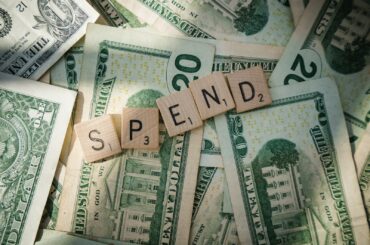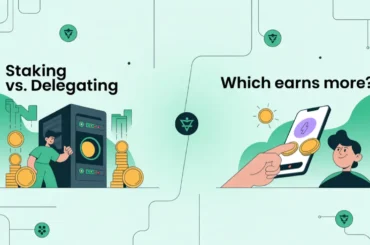Introduction
If you’ve ever opened your credit card statement and spotted a mysterious charge, you’re not alone. Many people find themselves scratching their heads, wondering, “What is this charge on my credit card?” Whether it’s a small amount you don’t remember spending or a large payment that raises alarm bells, unidentified transactions can cause stress and confusion. In today’s digital world, credit cards are used for everything—from online subscriptions to one-time purchases and sometimes, keeping track of every transaction can feel overwhelming.
Understanding what a charge on your credit card means is more than just reviewing your spending. It’s about protecting yourself from fraud, managing your finances responsibly, and making sure you’re not paying for something you didn’t authorize. This guide will walk you through how to identify unfamiliar charges, what common causes might be, how to dispute suspicious transactions, and how to avoid them in the future.
We’ll also explore credit card charge descriptions, why some payments appear under strange merchant names, and what steps you can take immediately if you suspect fraudulent activity. By the end of this guide, you’ll know exactly how to handle the question, “What is this charge on my credit card?” with confidence.
Understanding Credit Card Transaction Descriptions
When you look at your credit card statement, you’ll see a transaction description next to each charge. This usually includes the merchant’s name, the location, and sometimes a reference code. But here’s the tricky part—many businesses use billing names different from their store name, which can make charges seem suspicious.
For example, if you bought something from an online store owned by a parent company, your statement might show “ABC Holdings LLC” instead of the website name. This can easily lead you to wonder, “What is this charge on my credit card?” even if it’s legitimate.
Key points to understand about transaction descriptions:
- They may reflect the parent company name, not the brand you purchased from.
- Subscription services might use shortened names.
- International purchases could appear in another currency or language.
Common Legitimate Reasons for Unfamiliar Charges
Before jumping to the conclusion that fraud has occurred, it’s worth knowing that many unexplained charges are actually legitimate. Some of the most common causes include:
- Subscriptions or memberships you forgot about.
- Recurring payments for apps, streaming services, or software.
- Family or shared card usage (a spouse, child, or friend may have made the purchase).
- Delayed billing from hotels, restaurants, or travel services.
- Currency conversions if you bought something from a foreign store.
It’s important to review your purchase history carefully before disputing a charge.
Identifying Fraudulent Charges
If, after checking your history, you still can’t match the transaction to a purchase you made, it might be credit card fraud. This happens when someone gains unauthorized access to your card information and makes charges without your consent.
Signs of fraudulent charges include:
- Unfamiliar merchants you’ve never interacted with.
- Charges from distant locations you haven’t visited.
- Multiple small transactions in a short period (a common tactic to test card validity).
If you notice these signs, take action immediately.
Steps to Take When You See an Unknown Charge
If you’re staring at your statement thinking, “What is this charge on my credit card?” follow this action plan:
1. Check Your Receipts and Emails
Look through recent purchase receipts and confirmation emails to match the transaction.
2. Contact the Merchant
Call the business listed in the transaction to confirm the purchase details.
3. Ask Family or Authorized Users
Check with anyone who shares your card to see if they made the charge.
4. Report Suspected Fraud
If it’s truly unauthorized, contact your bank or credit card provider immediately to block the card and investigate.
5. Dispute the Charge
File a formal dispute to remove the amount from your bill until the investigation is complete.
How Credit Card Fraud Happens
Understanding how fraud occurs can help prevent it. Common methods include:
- Phishing scams where you unknowingly provide card details.
- Data breaches from hacked companies.
- Skimming devices at ATMs or gas stations.
- Online store hacks where your payment info gets stolen.
Protecting Yourself from Unknown Charges
Here are practical steps to avoid ever asking, “What is this charge on my credit card?” again:
- Enable transaction alerts from your bank.
- Use virtual card numbers for online purchases.
- Keep your card details private and secure.
- Review your statement weekly instead of monthly.
Disputing a Credit Card Charge
If you decide to dispute a charge:
- Gather evidence (receipts, statements, communication).
- Contact your card issuer.
- Follow up in writing for proof of your dispute.
- Keep track of deadlines—many issuers require disputes within 60 days.
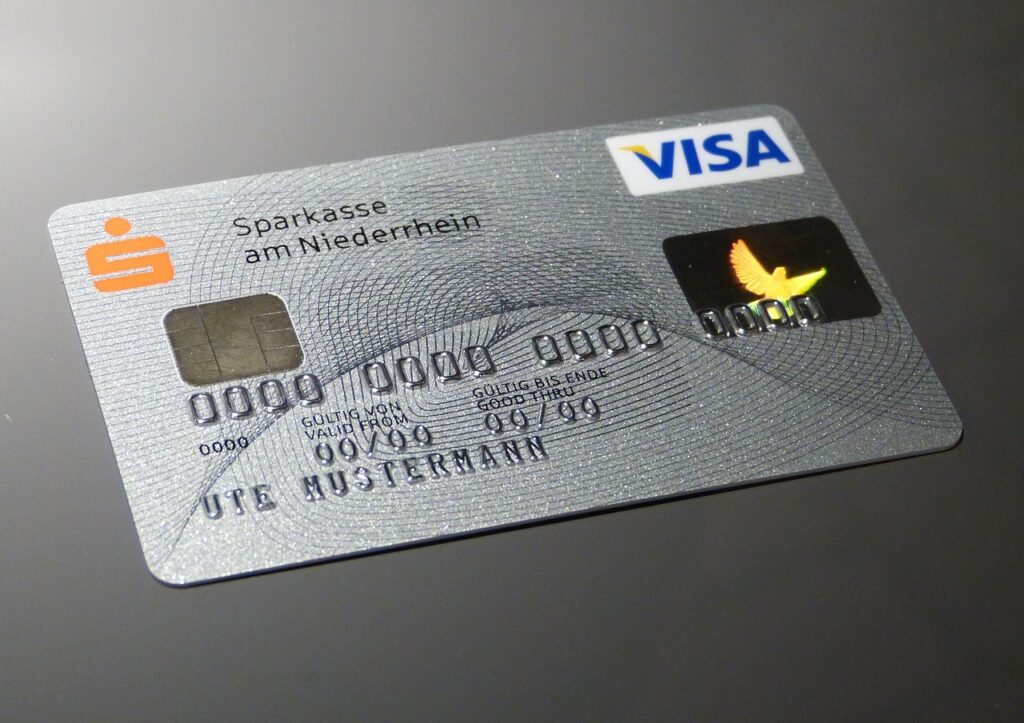
Why Some Charges Take Days to Appear
Not all charges show up instantly. Hotels, car rentals, and certain online merchants may place a temporary hold before finalizing the amount, which can cause confusion when you review your account.
When to Cancel Your Credit Card
If fraud is confirmed and your issuer suggests a new account number, canceling your old card is often the safest option.
Conclusion
Seeing an unknown charge and wondering “What is this charge on my credit card?” is a stressful experience, but it doesn’t have to cause panic. Most unexplained charges turn out to be legitimate, but quick action can prevent bigger problems if fraud is involved. By regularly monitoring your account, enabling alerts, and understanding how credit card statements work, you can stay in control of your finances and protect yourself from unauthorized charges.
FAQs
Q1: How do I find out what a charge is on my credit card? Check receipts, contact the merchant, and ask authorized users before disputing.
Q2: Can I dispute a charge I don’t recognize? Yes, if you believe it’s unauthorized, file a dispute with your credit card issuer.
Q3: How long do I have to dispute a charge? Most issuers require disputes within 60 days of the statement date.
Q4: Why does my statement show a different merchant name? Many businesses use parent company or billing service names instead of the storefront name.
Q5: What should I do if I suspect fraud? Immediately contact your credit card issuer to block the card and investigate the charges.
